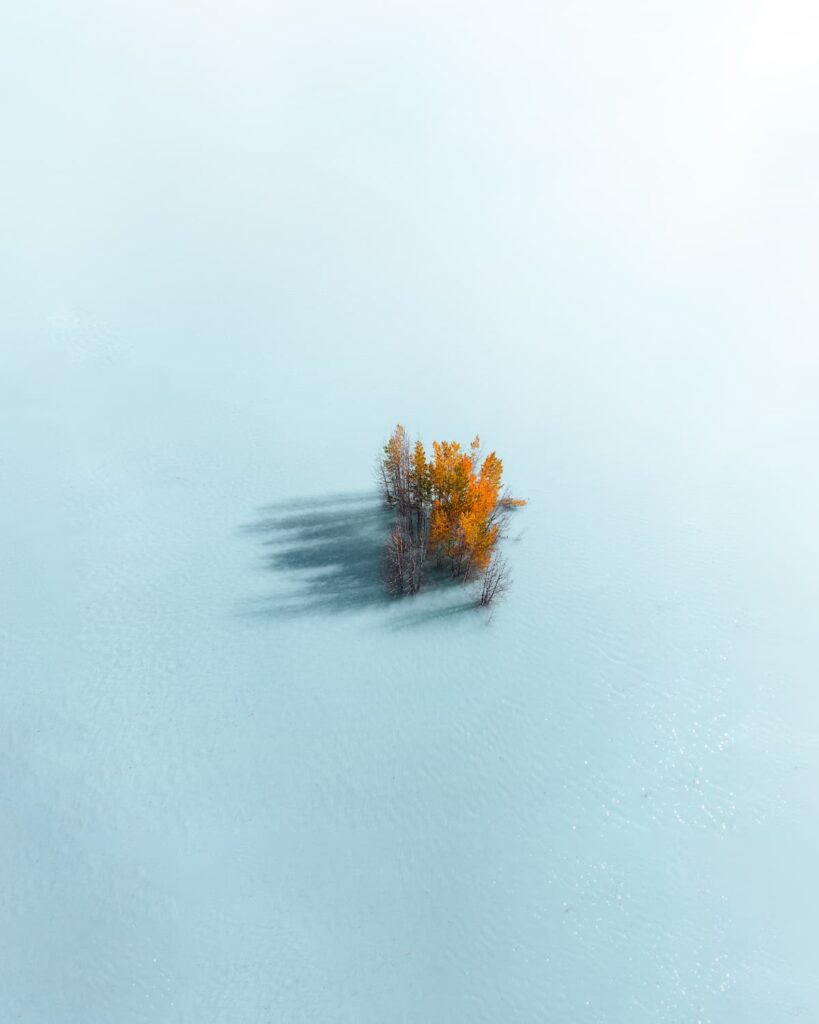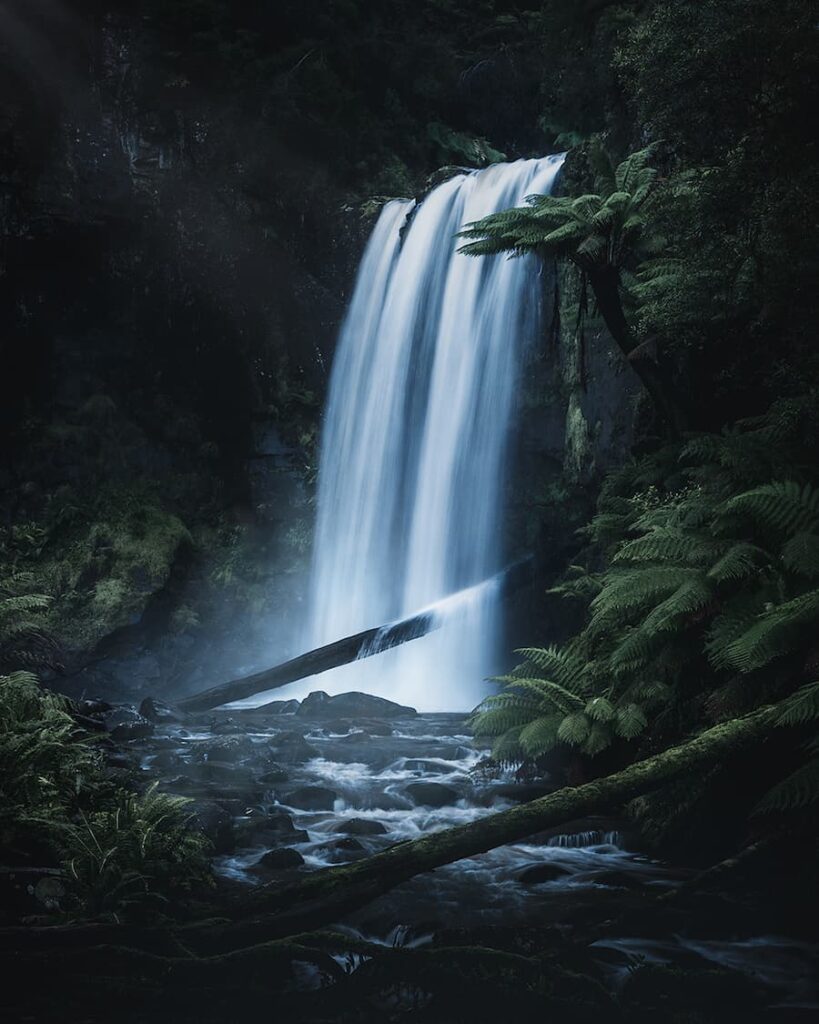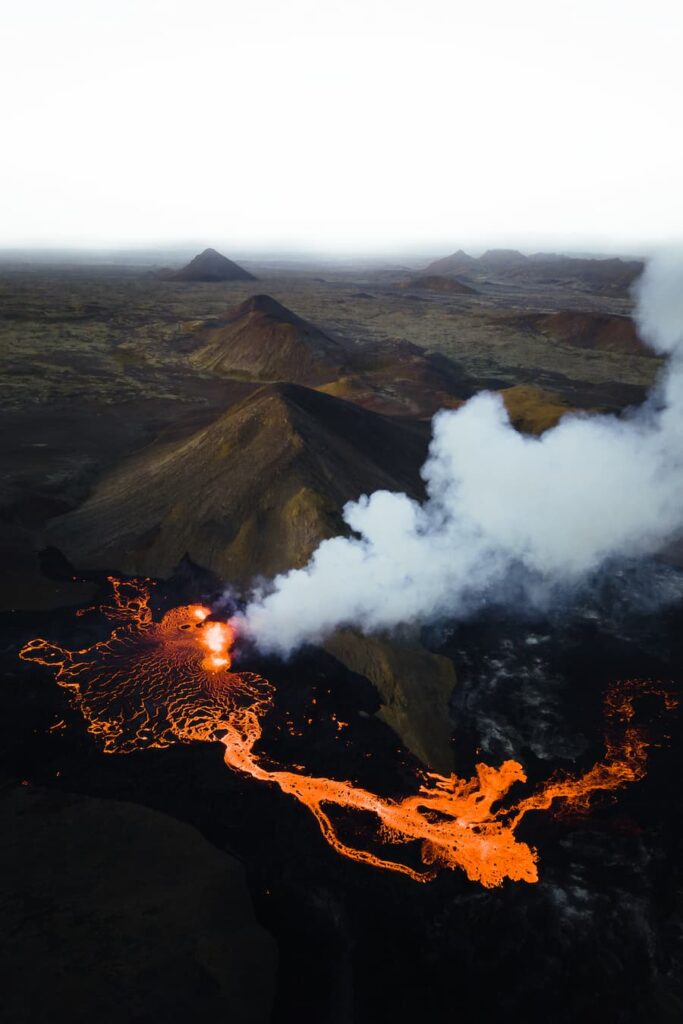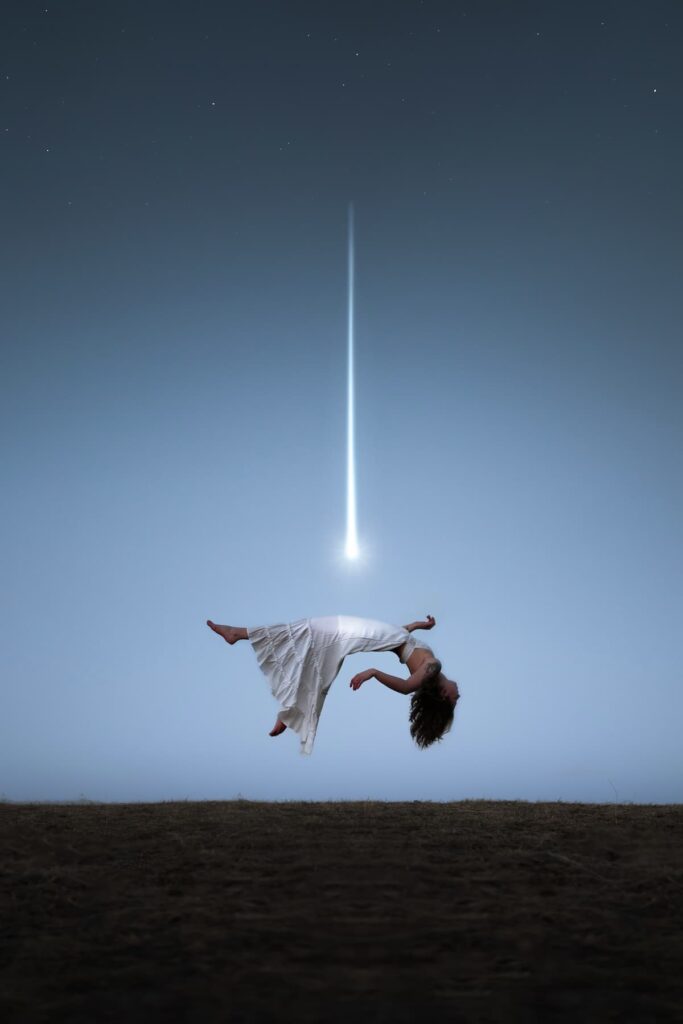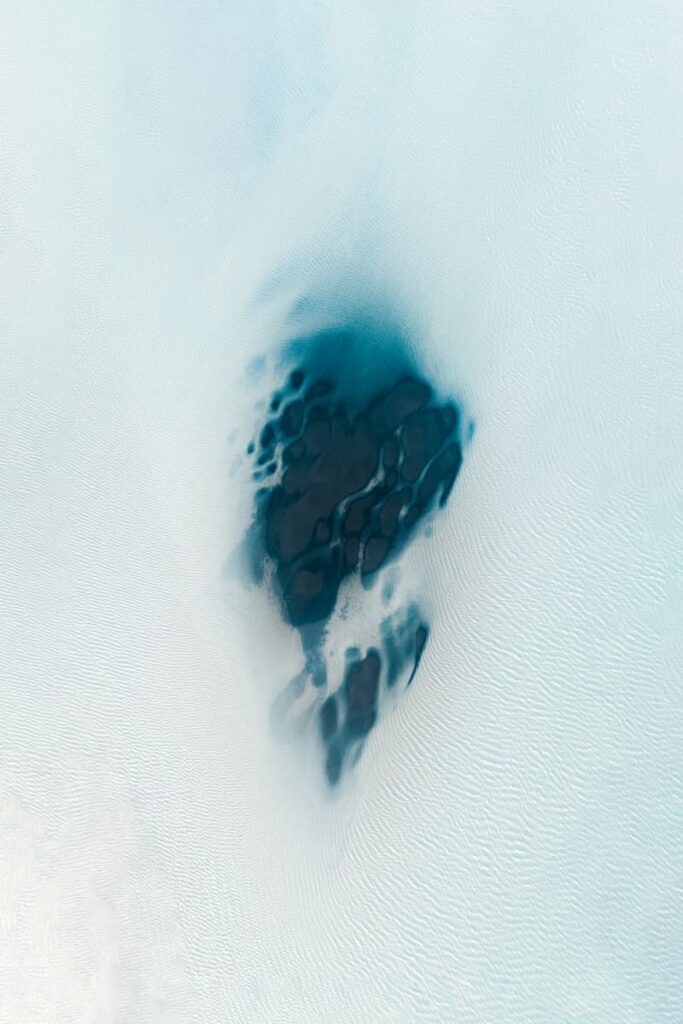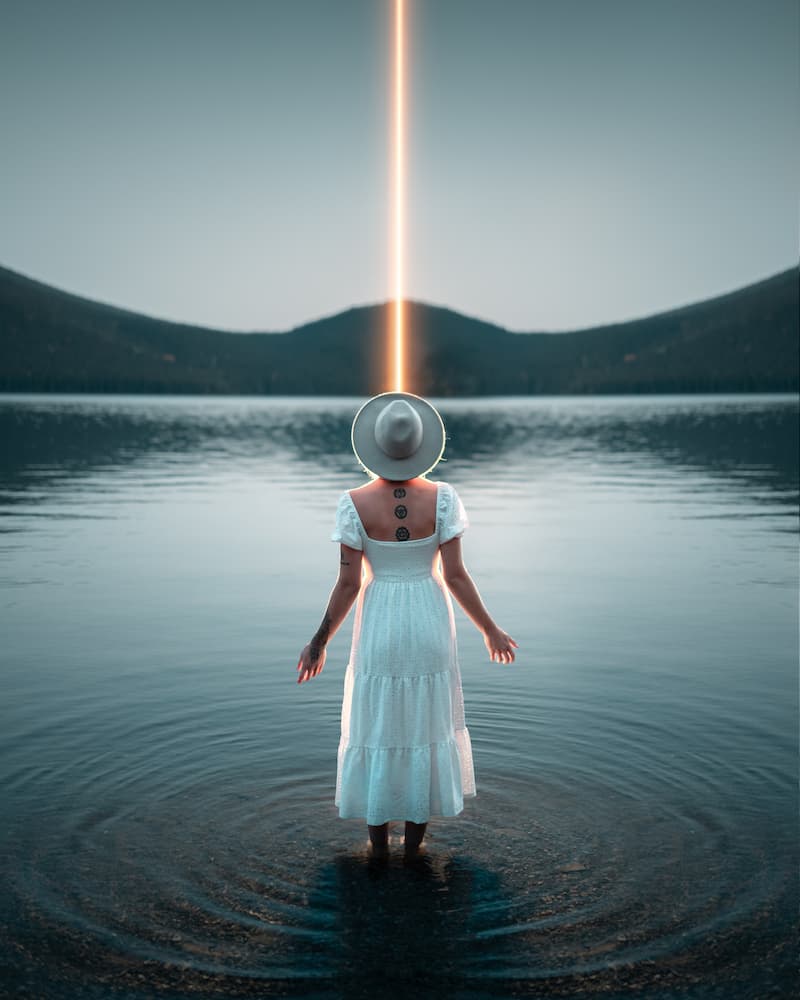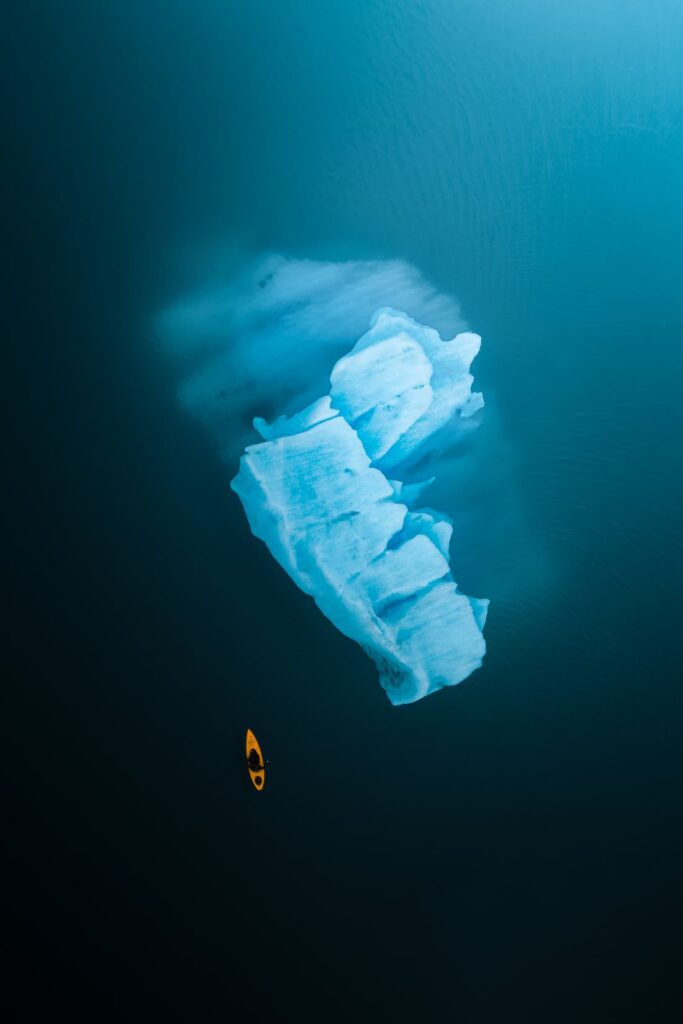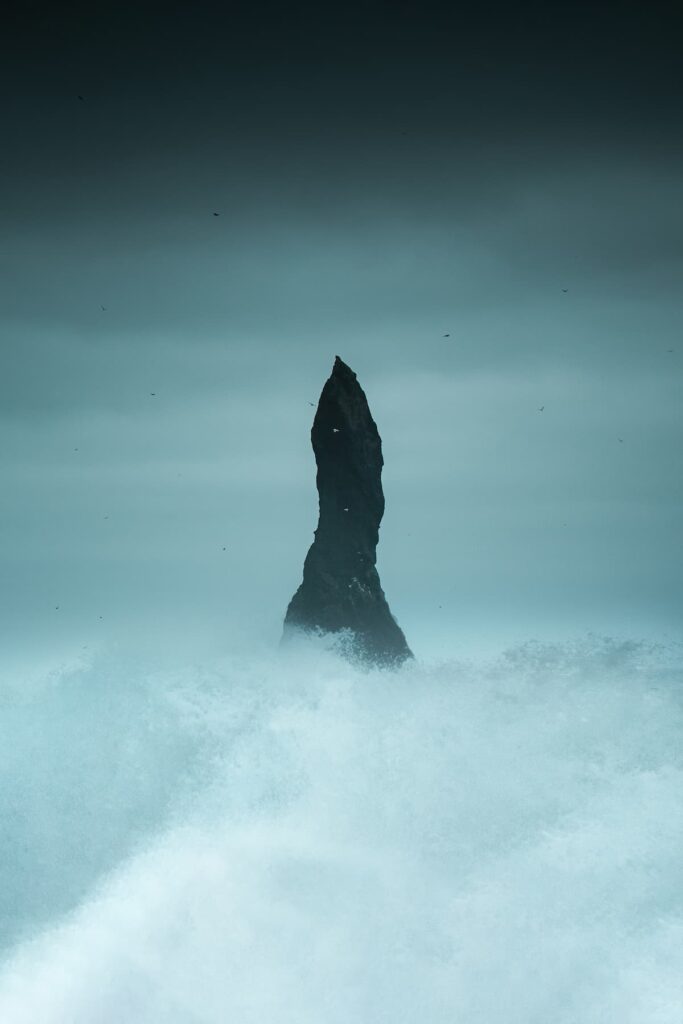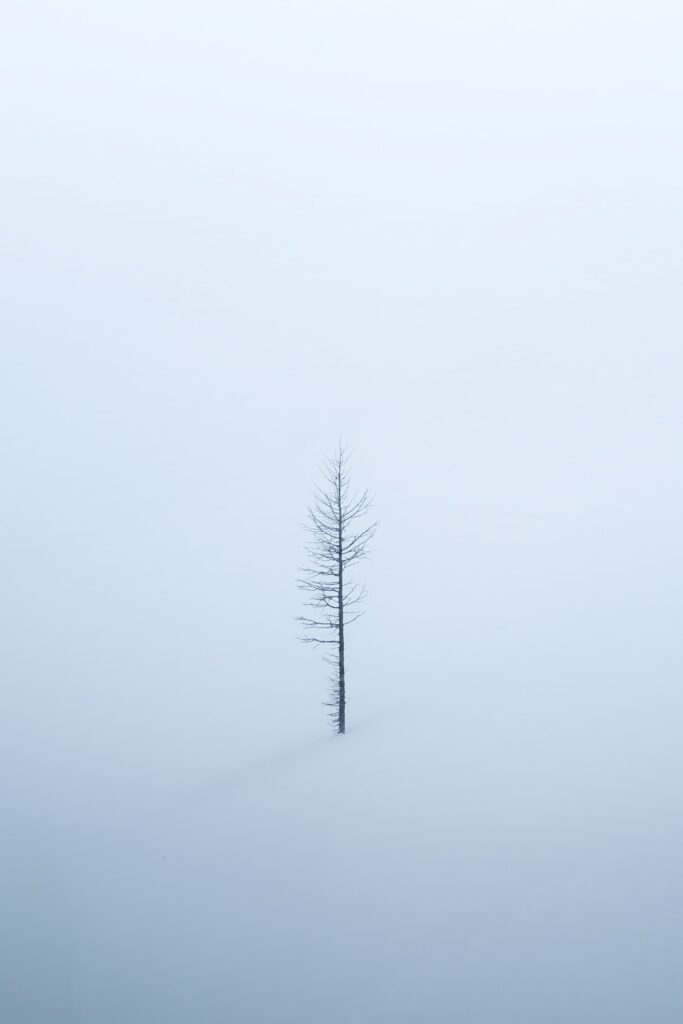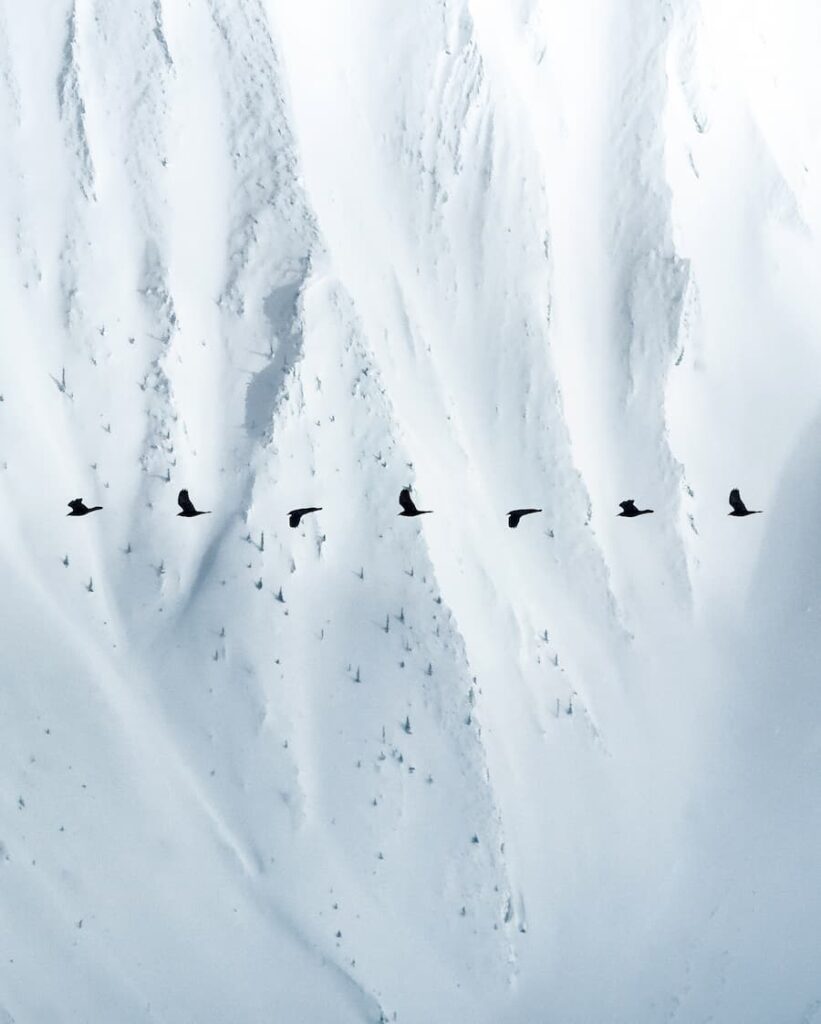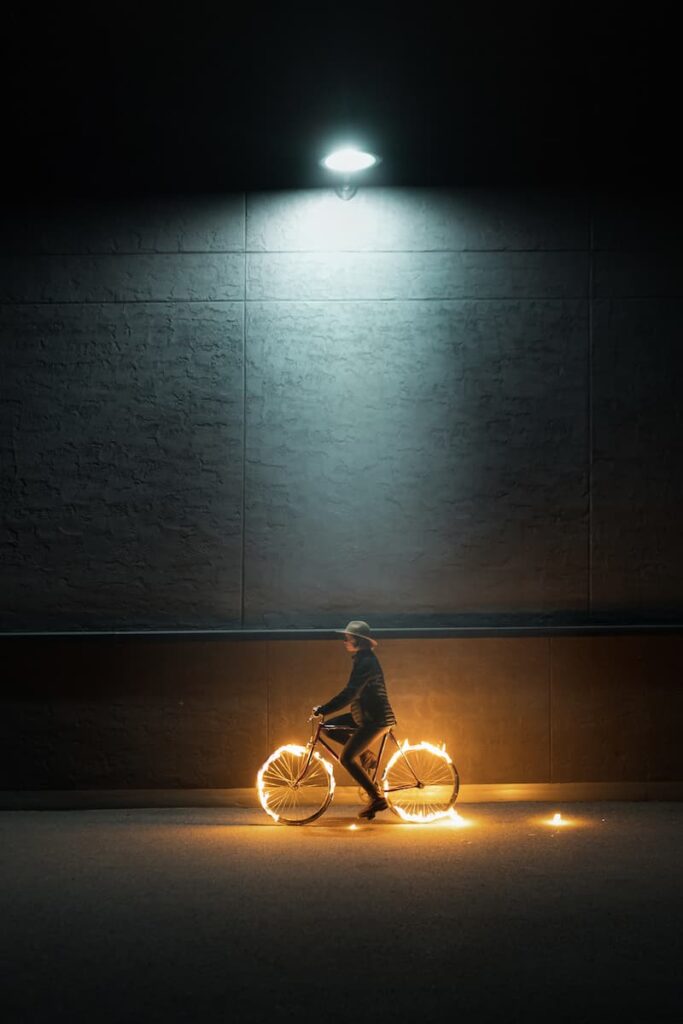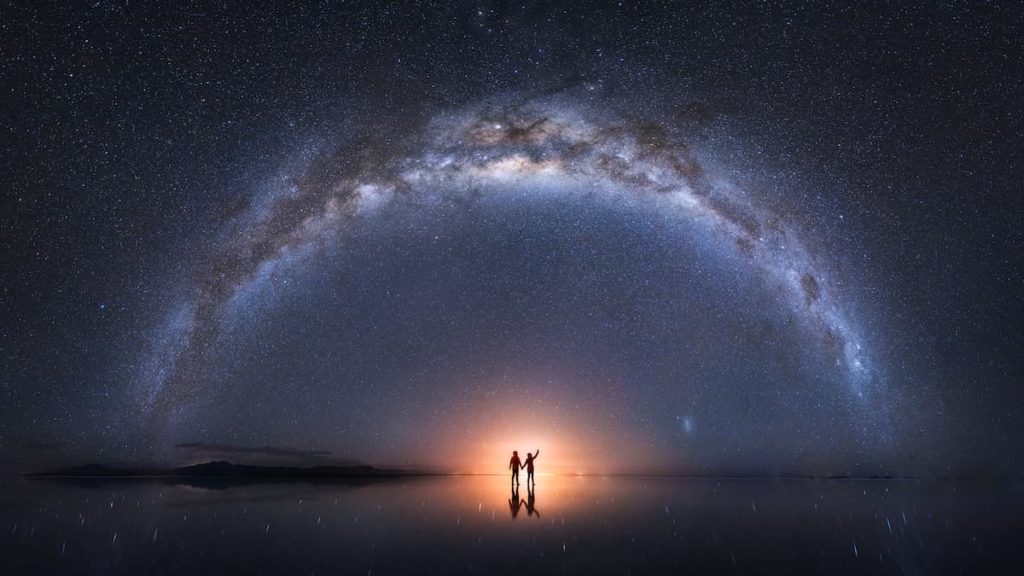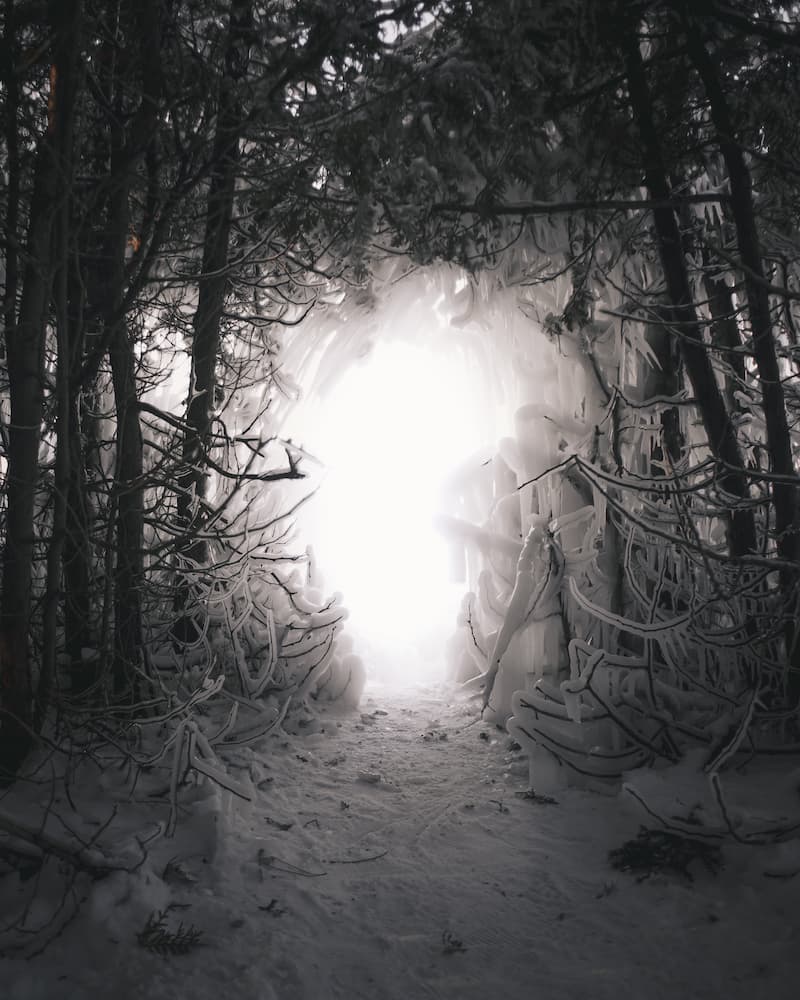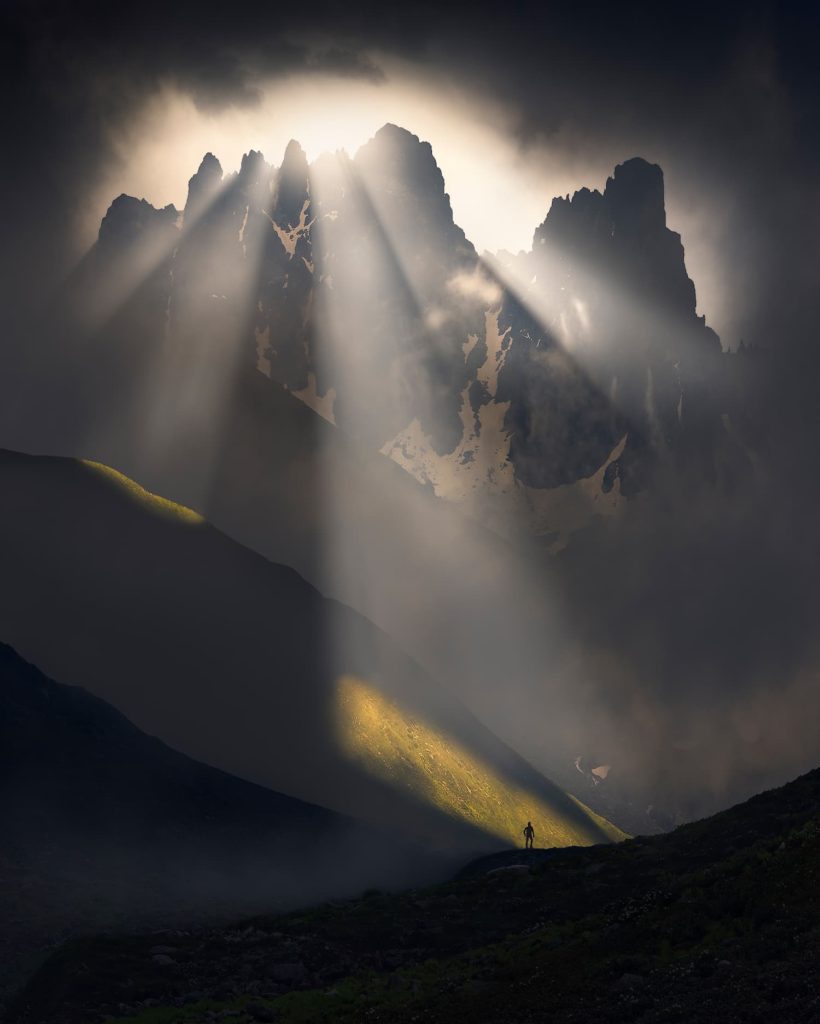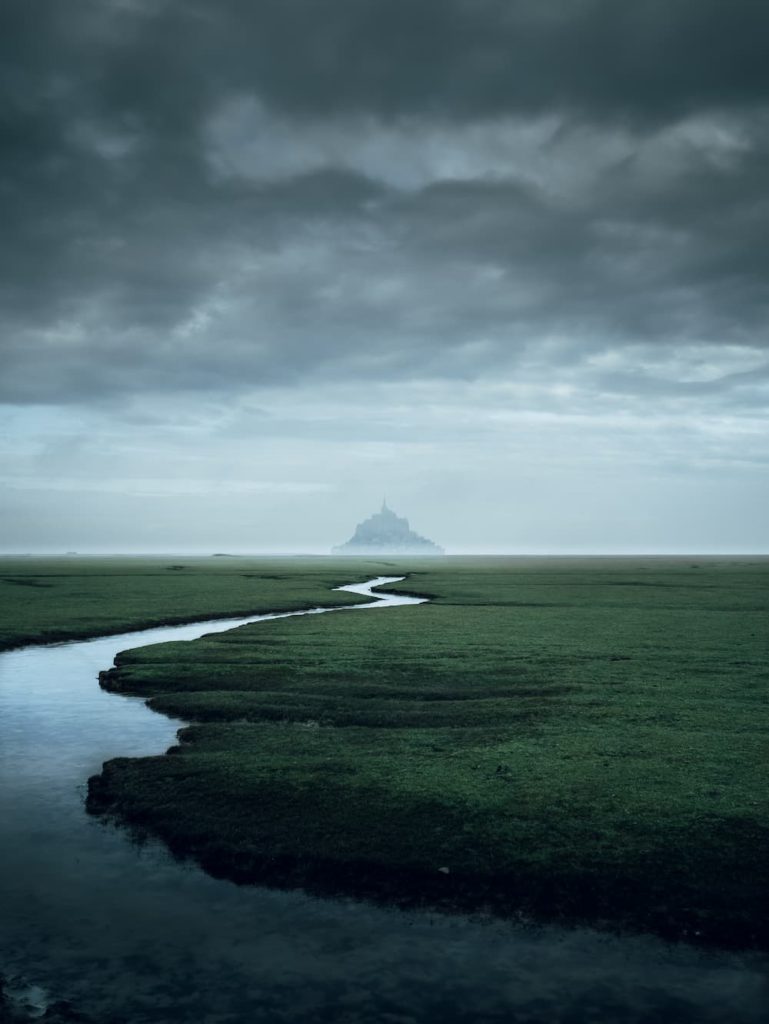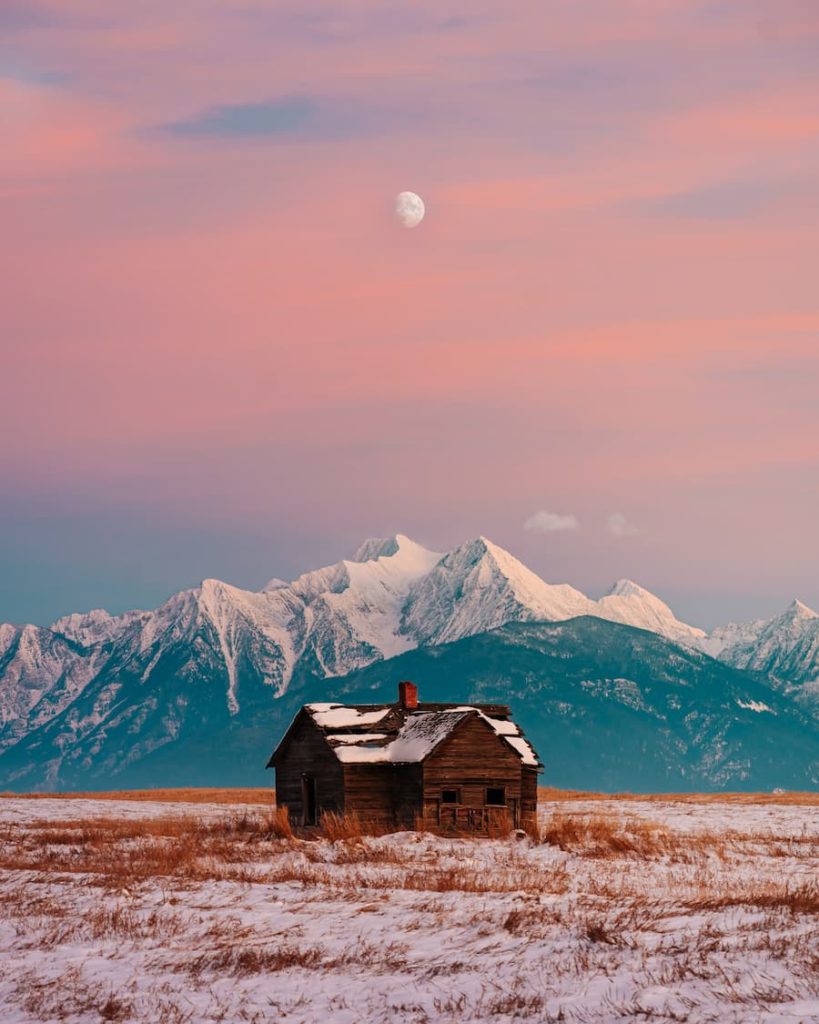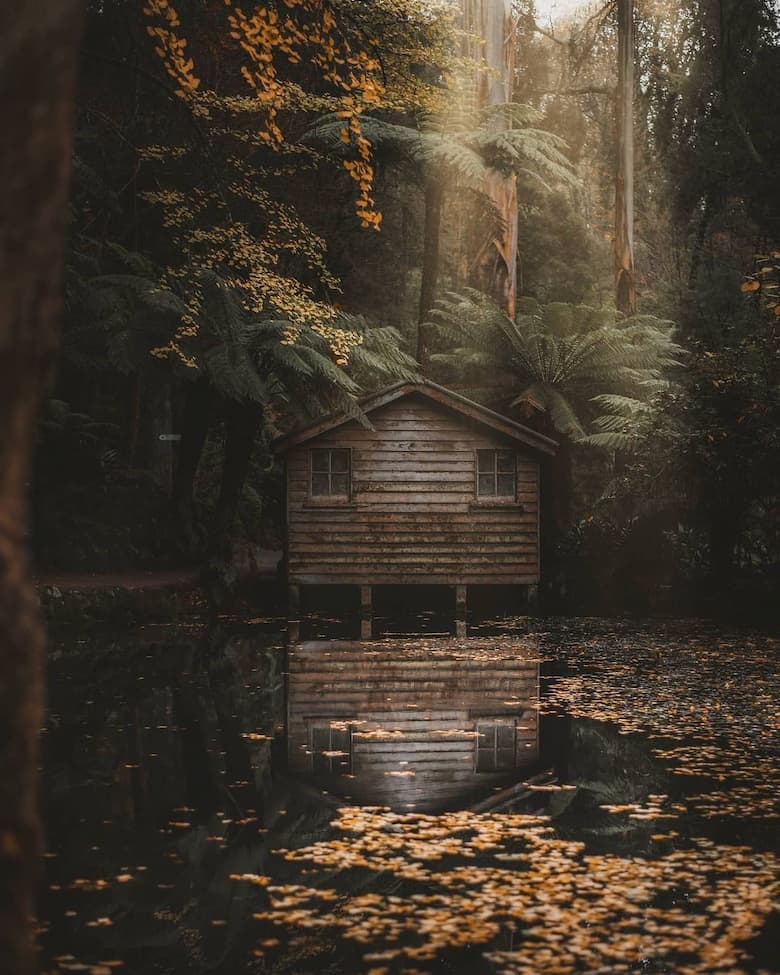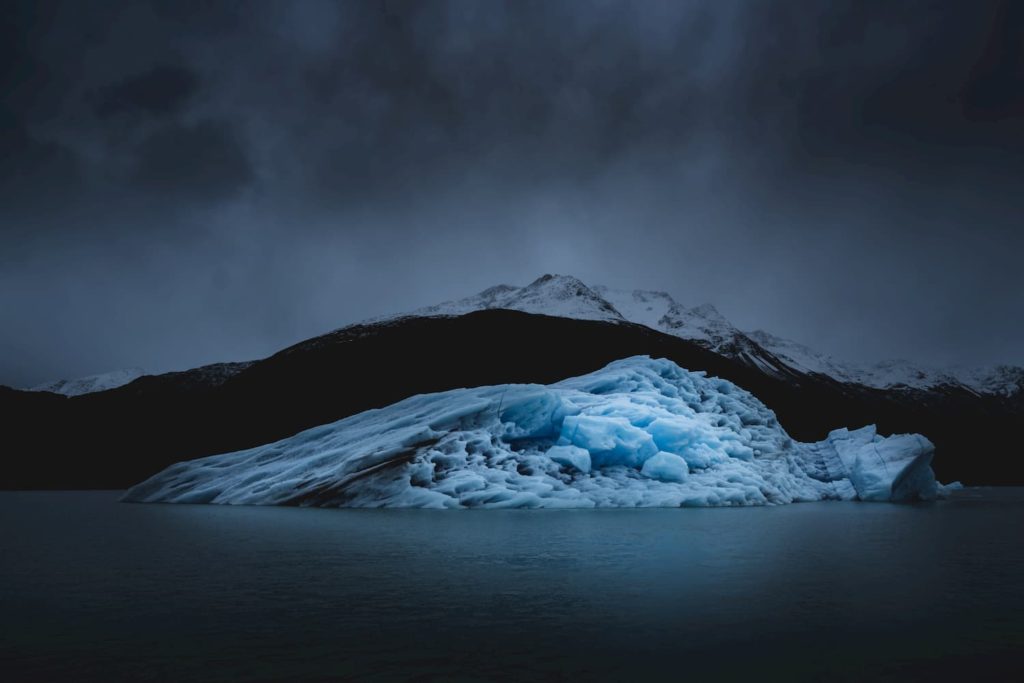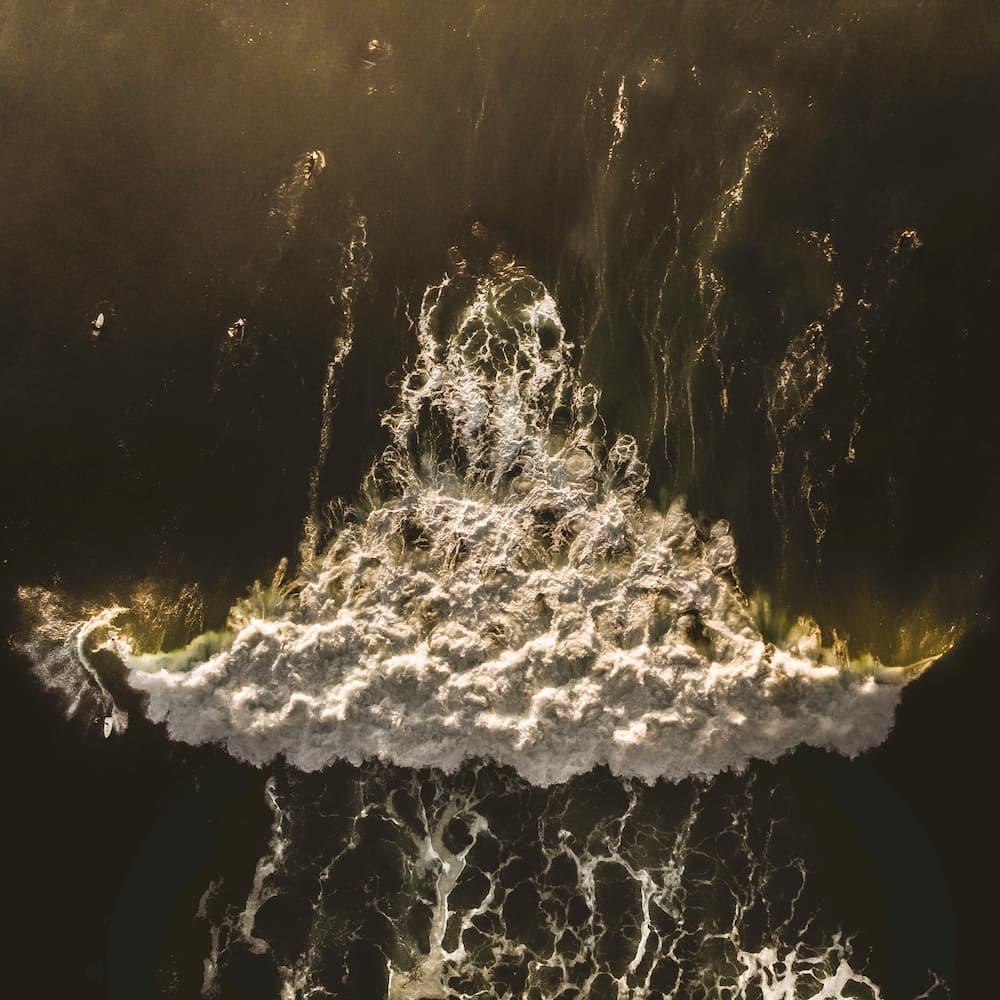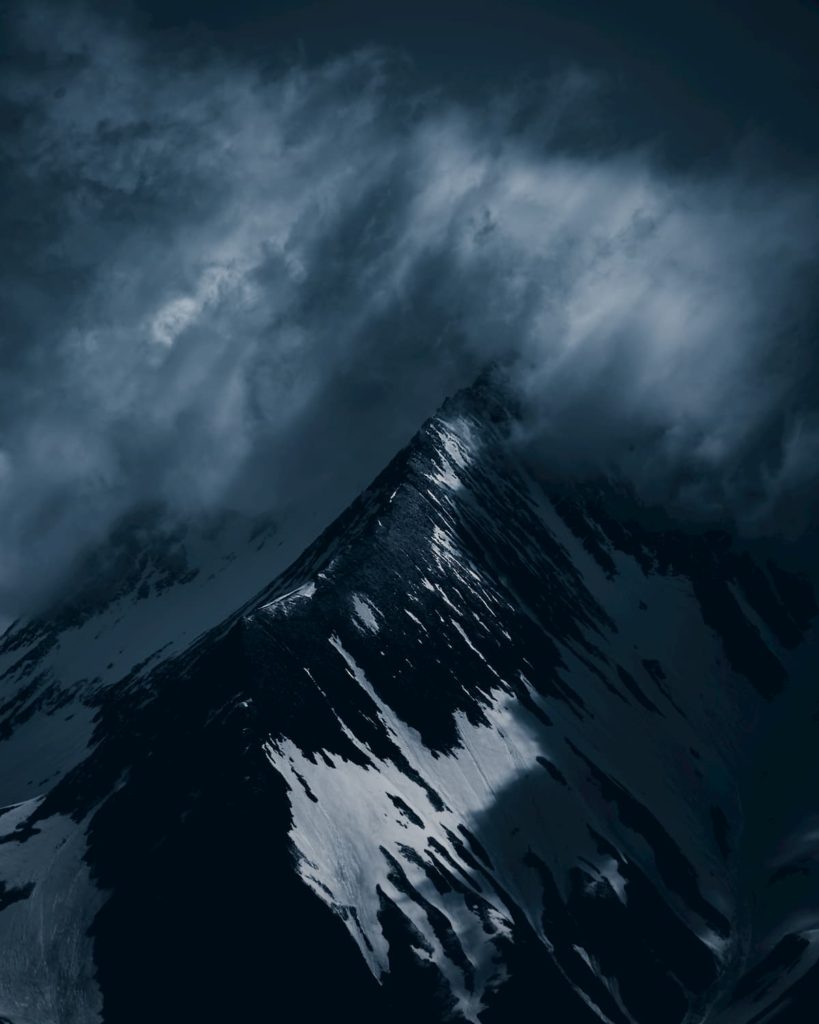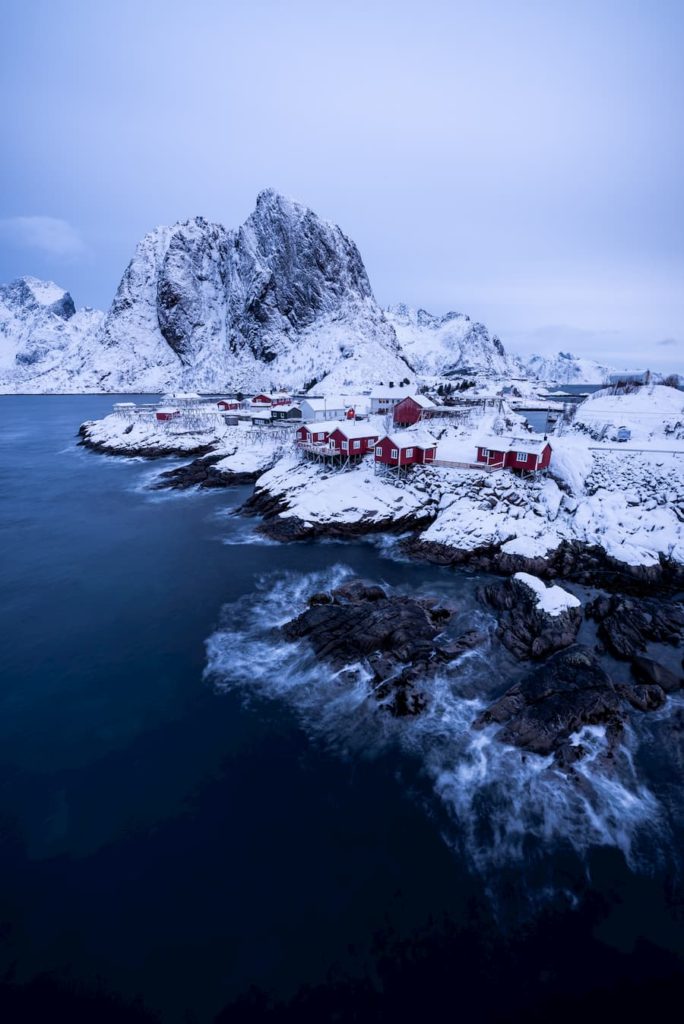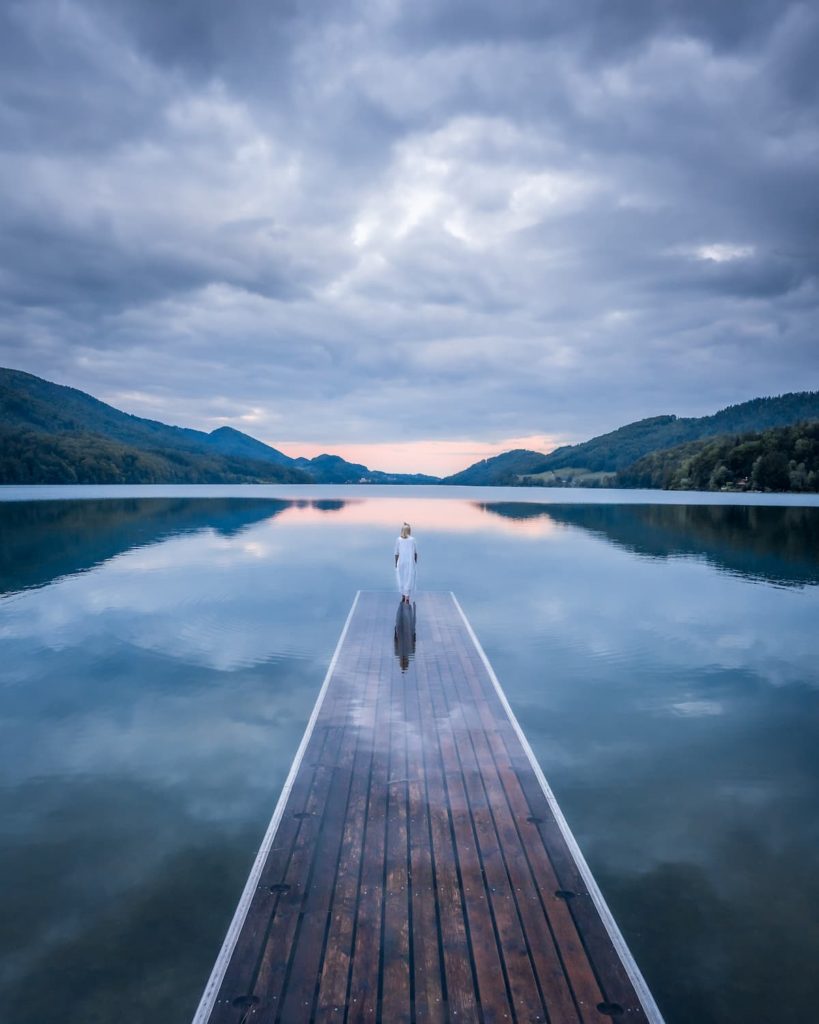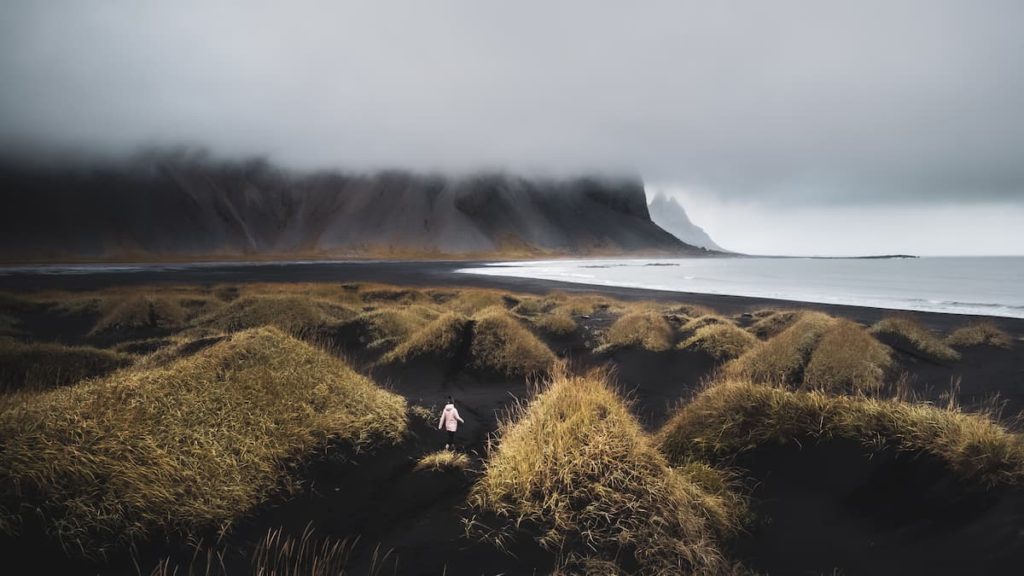
Riley Lockett
@riley__lockett
Photographer based in Canada
My passion for photography came completely out of nowhere and unexpectedly. I first moved to Canada from Australia about three years ago now. On the way to Canada, I spent two weeks in Iceland as I’d seen the incredible landscape images on social media. I figured I should buy a basic camera slightly better than that of my phone just to capture some landscape images for my own sake.
I was cluelessly photographing everything I saw for two weeks and was completely hooked. The minute I arrived in Canada I upgraded my camera equipment and never looked back. It’s something that came from nowhere so quickly and has become a huge part of my life now. It never gets boring, the passion has continued to grow as I’m always thinking of new concepts for images, locations to shoot, ways to improve, and different editing styles.
Finding inspiration in Canada
Canada has definitely had the biggest impact on the development of my photography. Living at the base of mountains substantially larger than anything Australia has to offer alongside endless winter activities at your doorstep plays an important role. I moved back to Australia, and then back to Canada again. So now I can photograph those landscapes I enjoy most on almost a daily basis which has no doubt been fundamental in improving my photography over the last year.
It’s been by no means easy. Certain images have taken me months to come up with concepts, scout locations, and then multiple attempts to shoot. However, the satisfaction that comes with taking an idea and finally bringing it to life is an amazing feeling. That motivates me to keep taking rarer and out-of-the-box images. Trying to create work that stands out in heavily photographed and photogenic locations is difficult but so rewarding.
Favorite photos
Three of my favorite photos of the countries I most photographed are called Hopetoun Falls, Volcano landscape, and Abduction (respectively Australia, Iceland, and Canada). I feel they represent my style as an artist as well. I could probably use the word minimalistic to describe my style but it isn’t the only way I like to shoot. I don’t want to restrict myself specifically to “minimalistic” and would rather say that I just like spotless images with no distractions and unnecessary elements. I like to overexpose the sky if the clouds don’t suit and shoot at a blue hour a lot to keep a consistent and dark background. I also always pull my shadows down which is against every beginner photography rule book but I find shadow detail distracting and unnecessary. I also use a super quick but effective trick to remove unnecessary elements: by rotating an image upside down you can identify shapes/components that catch your eye. If those components aren’t either the subject or a critical element of the image I’ll most likely remove them leaving only what is essential.
"The most useful thing over the last few years that has helped me fine-tune my style is that I’m by far my worst critic."
I’ve always very harshly compared myself to other photographers that I admire and studied their work to a T. There exists a “don’t compare yourself to other artists, just do the best you can do mindset” that I strongly disagree with. I doubt that people that are the best at what they do are ever really satisfied and always looking to improve. Being dissatisfied with my work is what drives me to be better and I’m thankful for it. At first, struggling to create what I wanted to was discouraging but now it’s becoming the opposite, I know the more I put into trying to bring an image to life and the more attempts it takes, the more rewarding it will feel when it finally pieces together.
Besides being my own critic, I’ve been able to distinguish a few determining factors that influence the success of my images. These factors definitely vary from one photographer to another but for me, lighting, creativity, editing, and shooting with intent are the key ones.
Four essential components to bringing your photographic ideas to life
(1) Lighting/Weather conditions are probably the most important to me as it’s the only thing you can’t really achieve while editing. If the conditions and lighting aren’t what I need for the image I want to create, chances are I won’t touch my camera. Editing an image and thinking ‘this lighting isn’t it’ means I’ll just end up reshooting when conditions look better. Near enough is rarely good enough in regard to lighting.
(2) Then we have Creativity. The thing that I learned very quickly when I moved back to the Canadian Rockies is that it’s incredibly easy to take amazing landscape images, which at the same time makes it incredibly difficult to take amazing landscape images. When these stunning scenes are a 10-minute drive from your house and you arrive to see 20/30 other photographers capturing the exact same image, you don’t feel like you’re creating anything special. The same repetitive landscape images stopped being satisfying very quickly which has forced me to think outside the box a lot more and aim to take images from this area I haven’t seen before.
(3) Thirdly, there is Editing. Editing efficiently and consistently is something that takes a long time to learn and something that I’m always evolving/fine-tuning. To be able to take one look at a RAW file and see what it can be rather than what it is at the moment is an essential skill. I’m in a position now where I can go back over older images I once thought weren’t worth my time and now see something completely different.
(4) The last one is Intention. Creating concept images has changed my entire thought process and resulted in some of my favorite and more unique photographs. Being on location and knowing exactly what conditions, props, and lighting I’ll need, makes the editing process so much easier and almost guarantees I’ll create something I’m proud of.
"Essentially having the final product in mind prior to shooting is the most impactful approach you can take to photography."
Creating great drone images
With drone images, it’s similar but different. I absolutely love aerial photography, the ability to take to the skies to get a different perspective on a landscape is something I couldn’t go without, I’ll always have a drone in my camera bag and I think every other photographer should too even if it’s just an entry-level drone. That’s the one thing I’ve discovered with drone photography, composition is the most important thing. Some of my favorite images have been taken on the DJI Mini2 which is very basic, affordable, and easy to operate. There are two different types of drone images I usually try to shoot; images containing subjects and abstracts of the earth.
I generally take most drone images as top downs but my advice for taking a wider image would be to take panoramas. Most drones (including any I’ve owned) don’t have vertical shooting so I’ll always get my drone closer to the frame than necessary then take 4/5 images while panning from top to bottom of the scene. The images will easily merge as a panorama in Lightroom if the drone wasn’t moved at all. The main benefit of doing this is adding pixels to images rather than removing them by cropping a landscape image vertically. This allows for higher-resolution photos to share and print.
Images with subjects I like to isolate. I completely remove everything from a scene that isn’t the subject or a key component, I use photoshop a lot to remove all of those distractions and even to add more negative space around a subject to make it even more isolated.
Another piece of advice I’d like to add in this regard for abstract photography is to use Google Earth. Whenever I’m going to a new location or even around home I spend plenty of time looking for things that catch my eye, streams, textures, islands, trees anything that stands out. If it looks good online there’s a likely chance it’ll look even better in reality especially if you can shoot it with golden light or a fresh coat of snow.
Reasons to meep up with fellow creators
Maybe another recommendation to share and a very important lesson I’ve learned myself, unrelated but at the same time related to photography, is to meet up with fellow creators you meet online. You can get in touch with someone you’ve met through social media and catch up almost instantly knowing you’ll have something in common. The majority of my closest friends and people I enjoy doing photography with the most are people I’ve met through Instagram alone. Two of the three guys I did a recent trip to Iceland with I’d never even met before. We planned the trip completely online from three different countries then all arrived at the same time to spend three weeks in a car together and it couldn’t have worked out any better.
I’ve lived memorable moments in groups and alone, trying to shoot images, and I am incredibly grateful for that. The Lone Tree is an image that happened completely by chance and was the byproduct of the most physical and ‘unsuccessful’ hike I’ve ever taken part in. This section of the hike in Kananaskis, Canada takes about 45min to an hour to the summit in summer – mid-winter trudging through waist-deep snow at -20 degrees Celsius it took six hours. Although the forecast was clear, the weather was completely whiteout for the entire duration of the hike. Obviously, this meant capturing snow-covered peaks as far as the eye could see was out of this equation. I stopped quickly on the way up to grab the image of the tree without thinking too much about it. Now I appreciate the image more and more every time I see it knowing what went into it.
Not one past adventure will be forgotten by future expeditions. They are all unique and educational in some way and I am looking forward to many more. My partner and I are in the process of converting and living in a Ford Transit (about 50% done) with our German Shepard. I’m hoping to have that completed by 2023 so we can spend a good part of the next few years traveling while continuing to do exactly what we’re doing, photography and filming along the way. I’m currently contracted to a company in Canada that has sponsored me allowing me to stay here which I’m extremely thankful for, however, I’m hoping to get residency very soon then I’ll have the ability to work more towards the photography and videography industry. Until then I couldn’t be happier with the life I have right now.
"I think the approach that will help me get where I want to be is consistency and staying true to what I do rather than selling out for some quick cash at the first offer that is thrown in my direction."
I’ve always been told to be persistent and not stop chasing my goals, I think this is something that can be applied to anything people like doing. I believe that creating the art that I want to create for my sake is what will allow me to excel in the right direction.
Would you like content like this sent to your inbox?
NOMADICT
ART GALLERY
THE LATEST STORIES
WRITEN WITH PASSION TO INSPIRE YOU
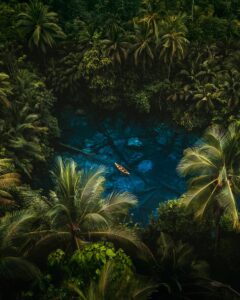
Tom Fähndrich (@tofenpics): Best of the Week 47 at #nomadict
Tom shares the journey behind his winning photography, from a passion for exploration and remote places to field lessons, composition choices, and color grading.
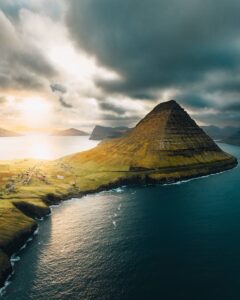
Photo tour in the Faroe Islands
Join us in the Faroe Islands for a unique photo tour, where you’ll elevate your creative skills with expert guidance from Ronald Soethje and Nomadict.
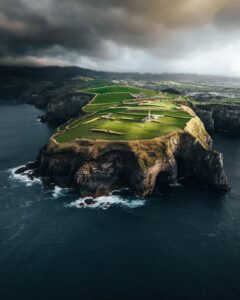
Photo tour in Azores, Portugal
Join us in the Azores for a unique photo tour, where you’ll elevate your creative skills with expert guidance from Ronald Soethje, Bruno Ázera, and Nomadict.
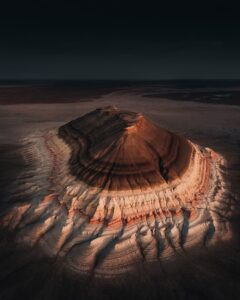
Forest Kai (@forest1kai): Photographer based in the US
In this article, Forest shares how years of chasing scale, silence, and raw landscapes shaped his approach to photography, from the deserts of Kazakhstan to the volcanic ridges of Iceland. He talks about how he uses light, texture, and vast negative space to create images that feel both intimate and overwhelming.
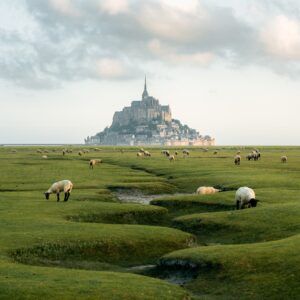
Simon Hechtbauer (@roamwithsimon): Best of the Week 32 at #nomadict
Simon shares the journey behind his photography, from early inspirations to field techniques, editing, and the story of the winning shot that shaped his path.

Miroslav Maršík (@miromarsik): Photographer based in Czech Republic
In this article, Miro shares how his love for cinematic music evolved into a deep passion for photography and how he uses light, color, and atmosphere to turn the streets of Prague into living film scenes.

Aurora photography panorama workflow: A guide to camera settings, editing, and color
In this article, Stefanie reveals how her background in physics sparked her passion for astrophotography and how she blends science with creativity to capture the beauty of the night sky. Readers will discover her approach to color, contrast, and editing, as well as her aurora photography workflow.

Yhabril (@yhabril): Best of the Week 33 at #nomadict
Spanish photographer Yhabril captures the profound connection between humans and the mountains that shaped him. Growing up in the Pyrenees, his work bridges outdoor sports, landscapes, and celestial scenes — often blending athletes, moonlight, and wilderness into striking visual stories.

